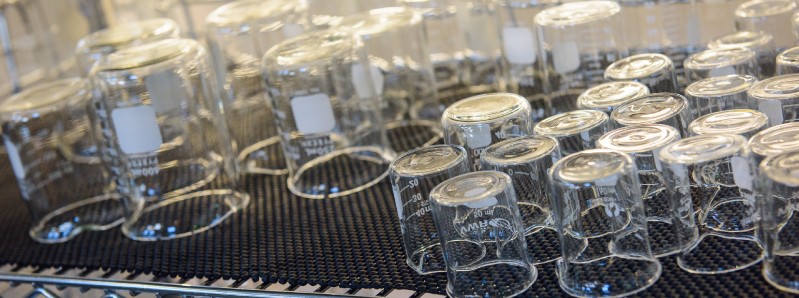In the past, Compounding was Pharmacy!
Throughout history, pharmacists have had to compound drugs for individualized dosages for patients when they were prescribed by physicians. In the early 1900s, however, the pharmaceutical industry began manufacturing a myriad of drugs and dosage forms for patients and the need for compounding diminished. Since the late 1900s, much has changed and the pharmaceutical industry no longer supplies all the medications needed by patients.
Pharmacy Compounding is important for the following reasons:
- LIMITED DOSAGE STRENGTHS: The pharmaceutical industry supplies only limited strengths of drugs. One size does not fit all and it is often necessary to change the strength of a drug for patients, through compounding.
- LIMITED DOSAGE FORMS: The pharmaceutical industry supplies only limited dosage forms; generally, only an oral solid (tablet or capsule) and/or injection are manufactured. This does not address the needs of children, premature infants, the elderly, and special needs patients.
- HOSPICE and PALLIATIVE CARE PATIENTS: End-of-life therapy involves the compounding of many, many different and unique dosage forms to allow patients to live out their lives free of pain and discomfort. Many combinations of drugs are used for these patients who cannot swallow medications and who don’t have the muscle mass that is required to receive multiple injections each day. Other methods include compounded medications for oral inhalation, nasal administration, topical/transdermal, and rectal use.
- DISCONTINUED DRUGS: The pharmaceutical industry has discontinued thousands of drug products over the past 25 years, many due to economic considerations. These were very effective and important medications. The only way they are now available is through pharmacy compounding.
- DRUG SHORTAGES: With over 70% of all bulk drug chemicals being imported for the U.S. pharmaceutical industry and for compounding, commercially manufactured drugs become unavailable for various reasons. In many cases, these can be compounded to help “bridge the gap” until the commercial product comes back on the market.
- ORPHAN DRUGS: When physicians prescribe drugs that are not on the market, they may be available as orphan drugs, either commercially or compounded.
- SPECIAL PATIENT POPULATIONS: Included here would be pain management patients, bioidentical hormone replacement therapy (BHRT) patients, sports injury patients (professional, collegiate, Olympic and other amateur athletes), dental patients, dermatological patients, environmentally and cosmetic sensitive patients, and other patients who are being treated successfully with compounded medications prescribed by physicians. In fact, cancer treatment often involves compounded “cocktails”, or mixtures of cancer drugs that would be unavailable if they could not be compounded. Specialty compounded drugs for eye surgery, bone surgery, etc. would not be available.
- VETERINARY COMPOUNDING: Animals can be grouped into various categories, including small, large, herd, exotic, and companion groups. There are actually relatively few medications available for animals, and those medications that are available are for specific species and diseases. In most cases, for an animal to be satisfactorily treated, a compounded medication may be necessary.

